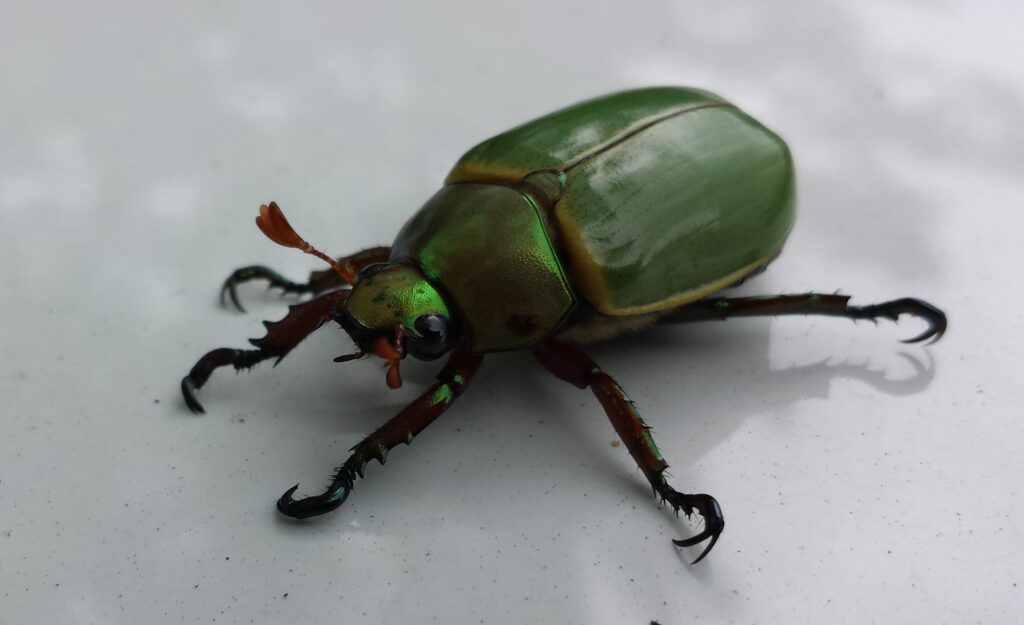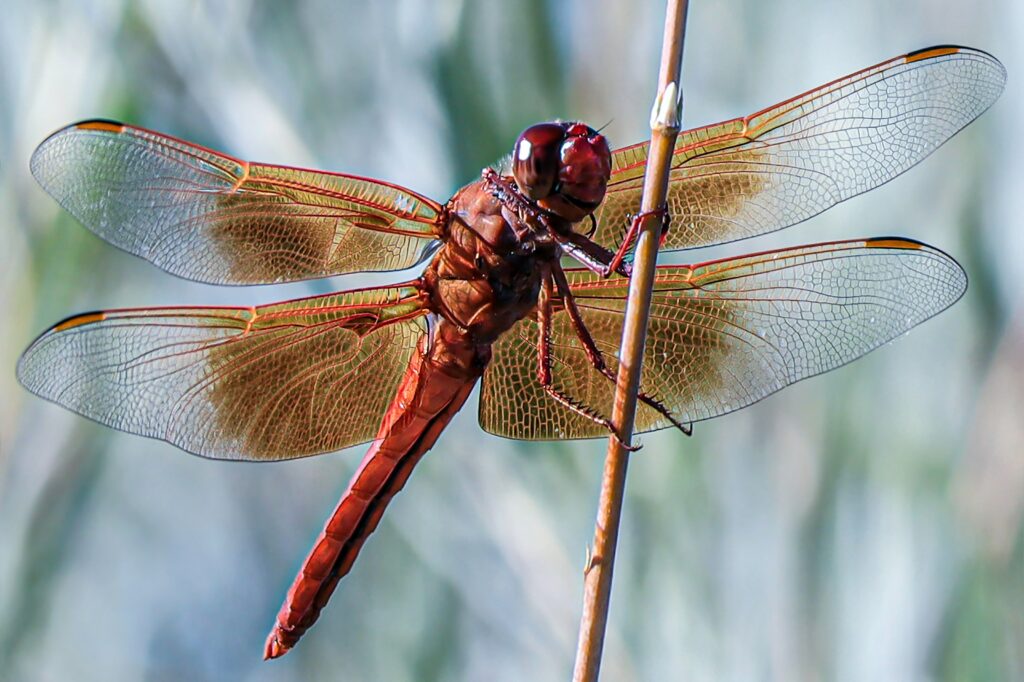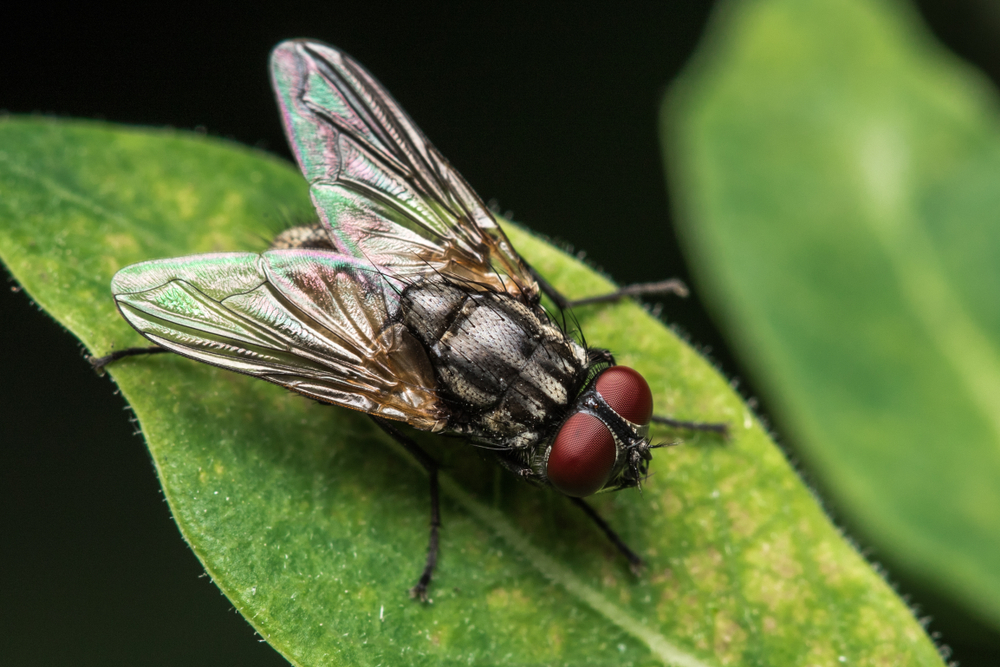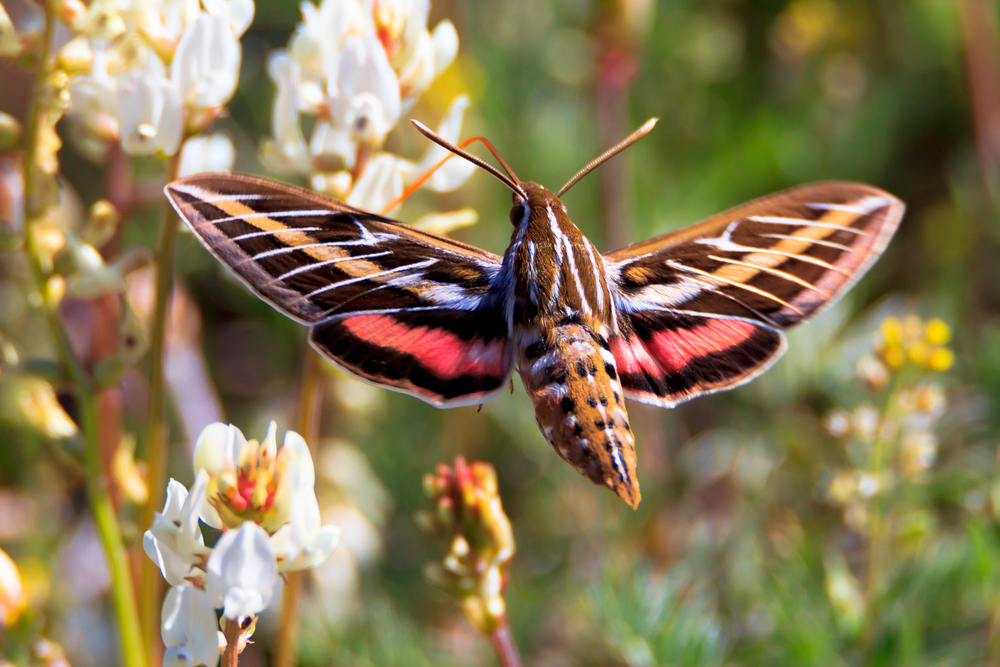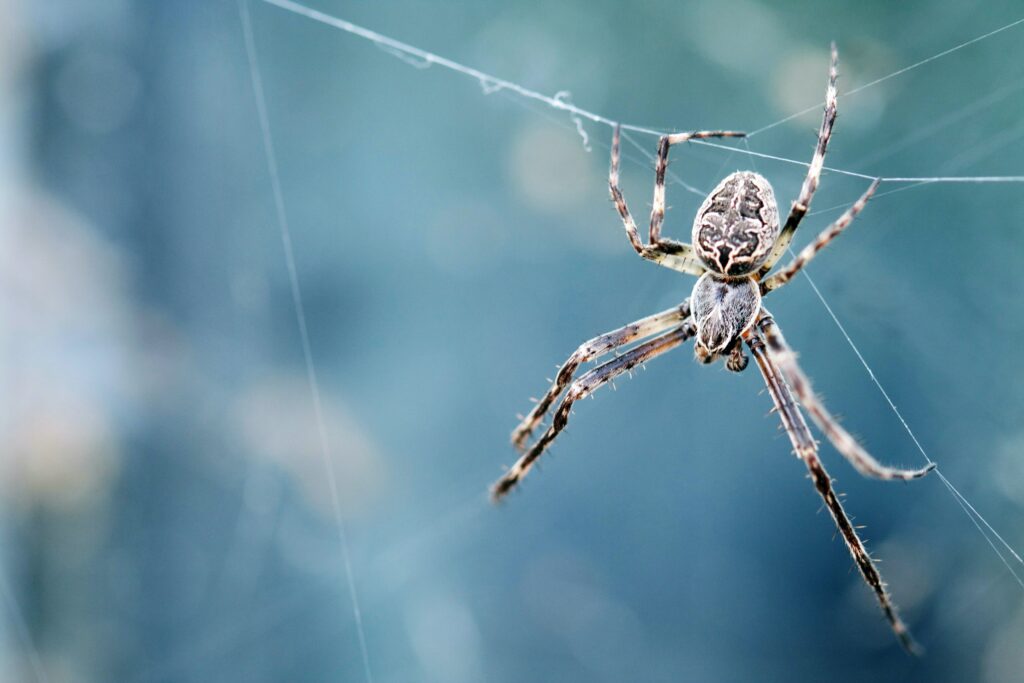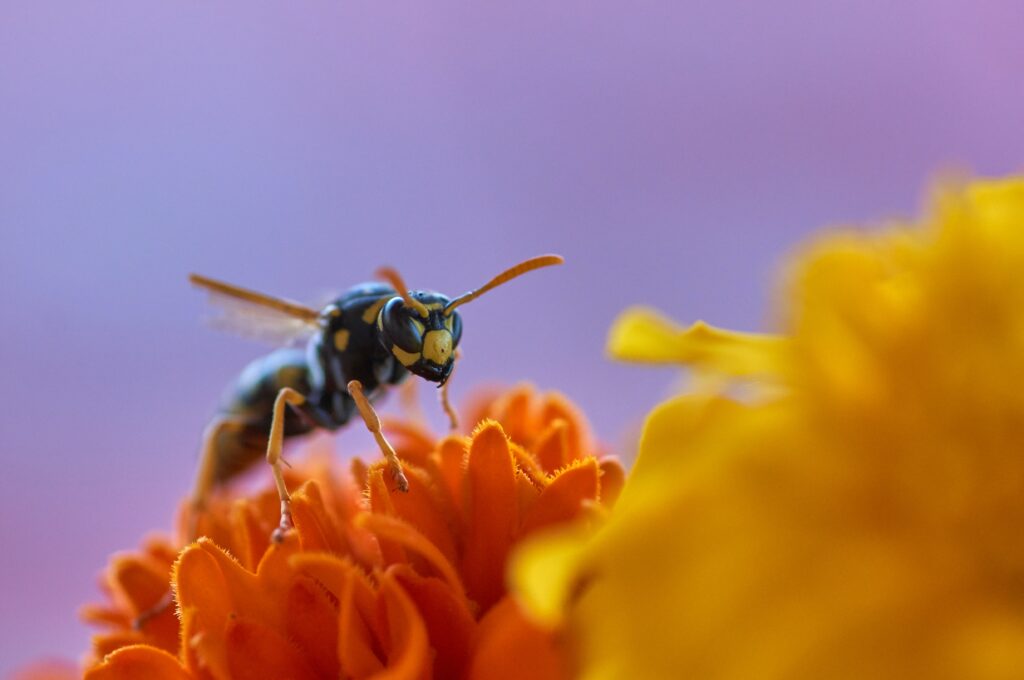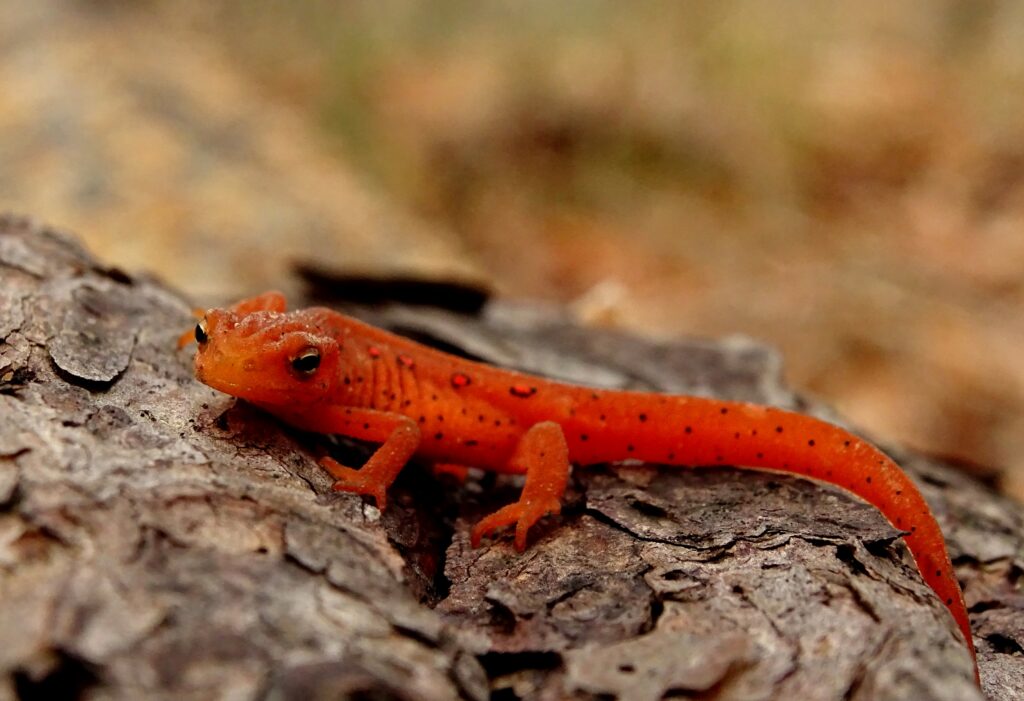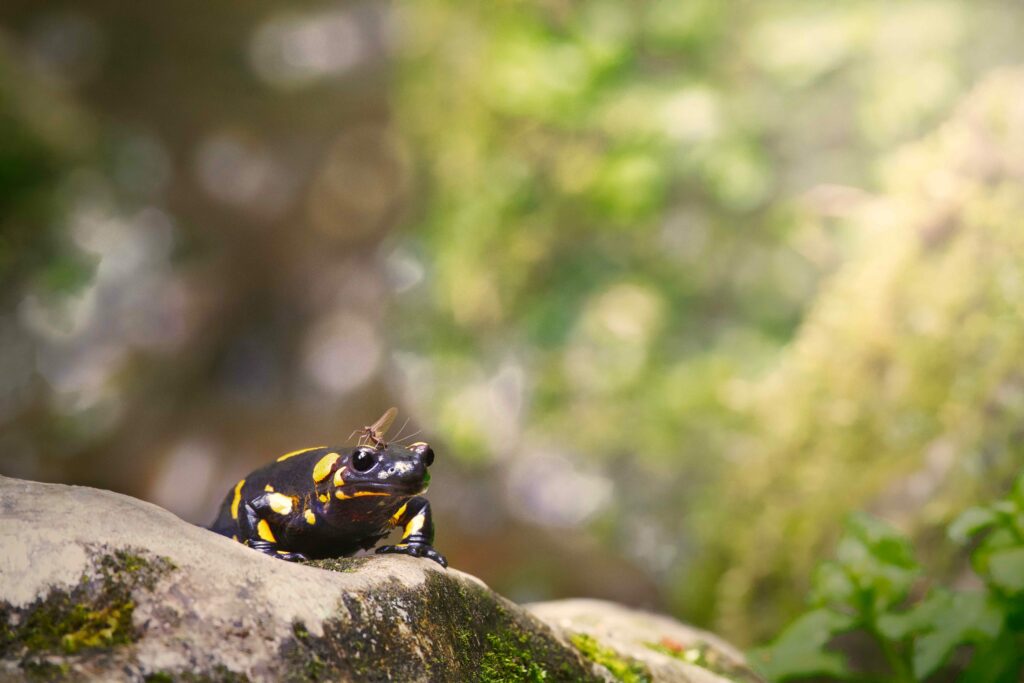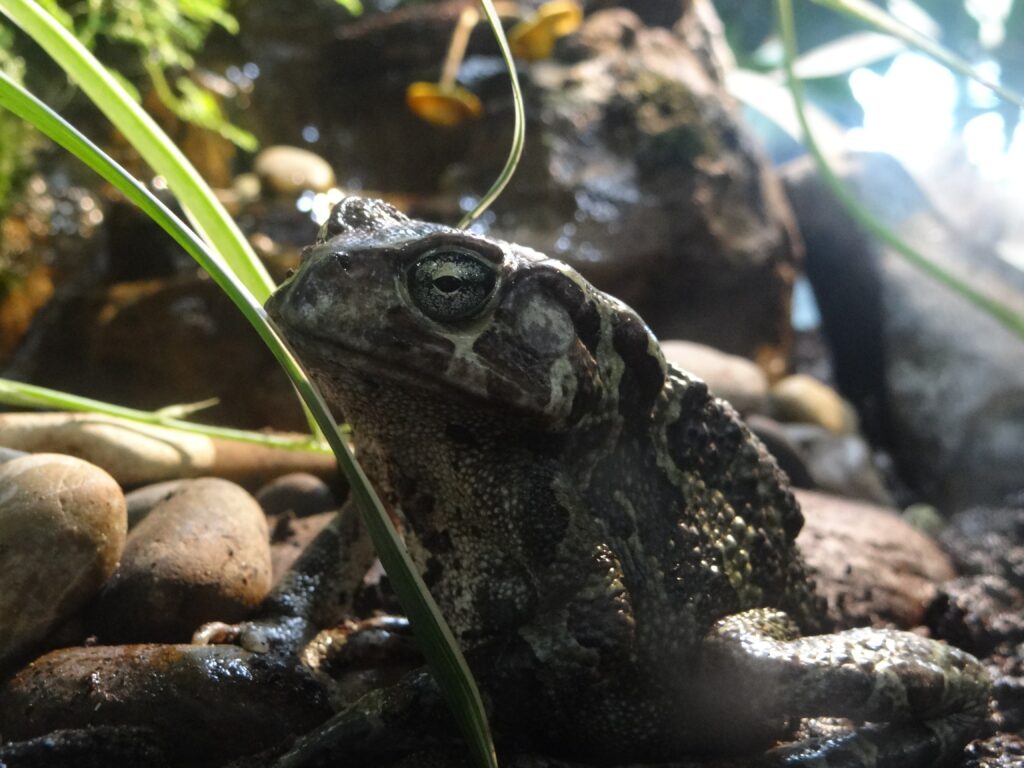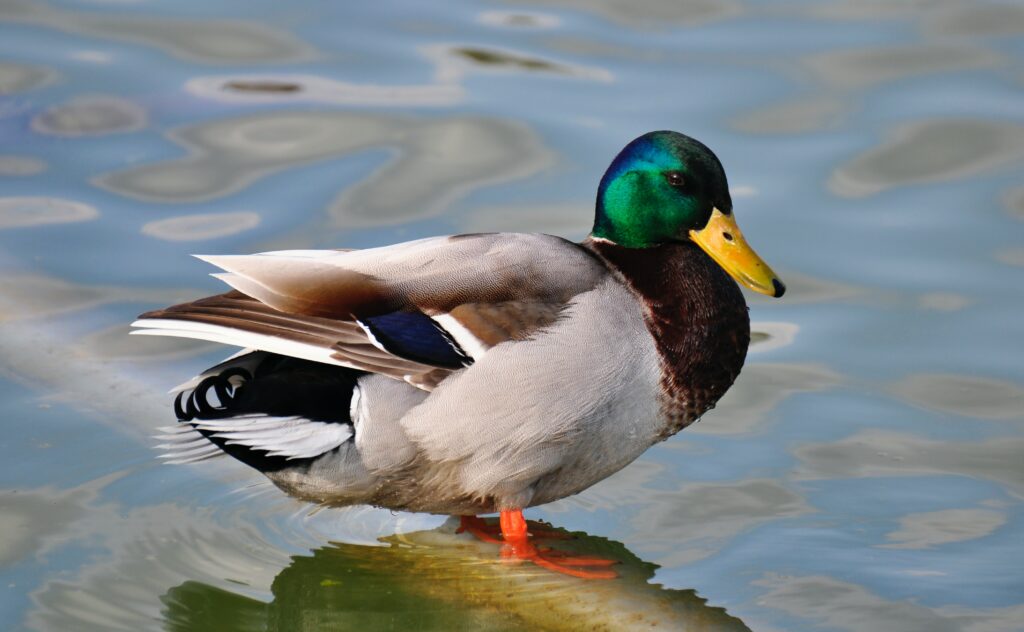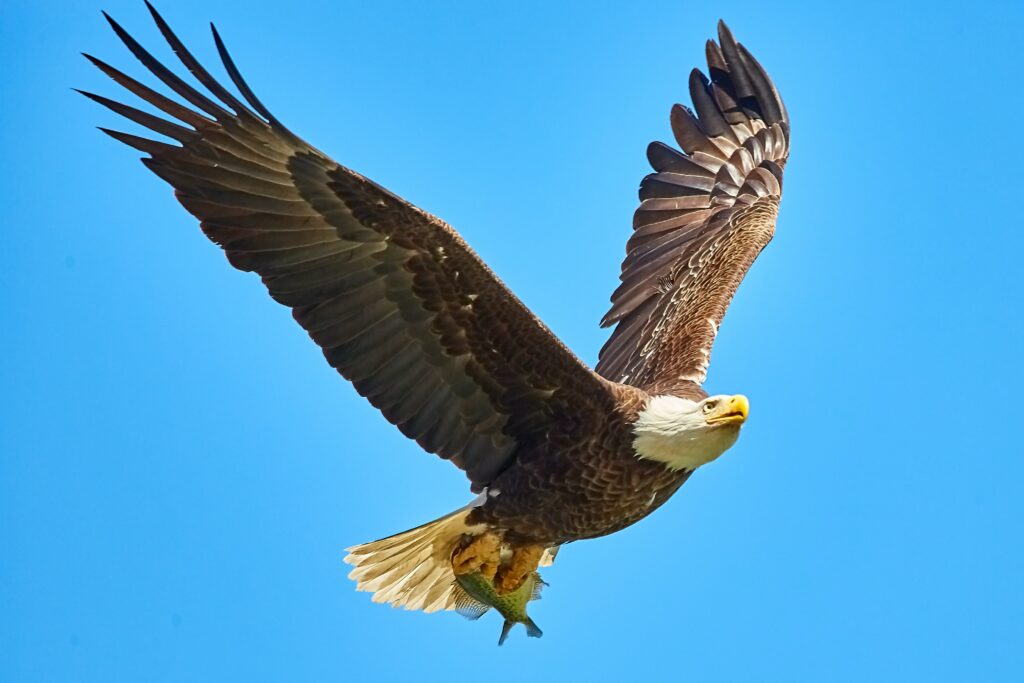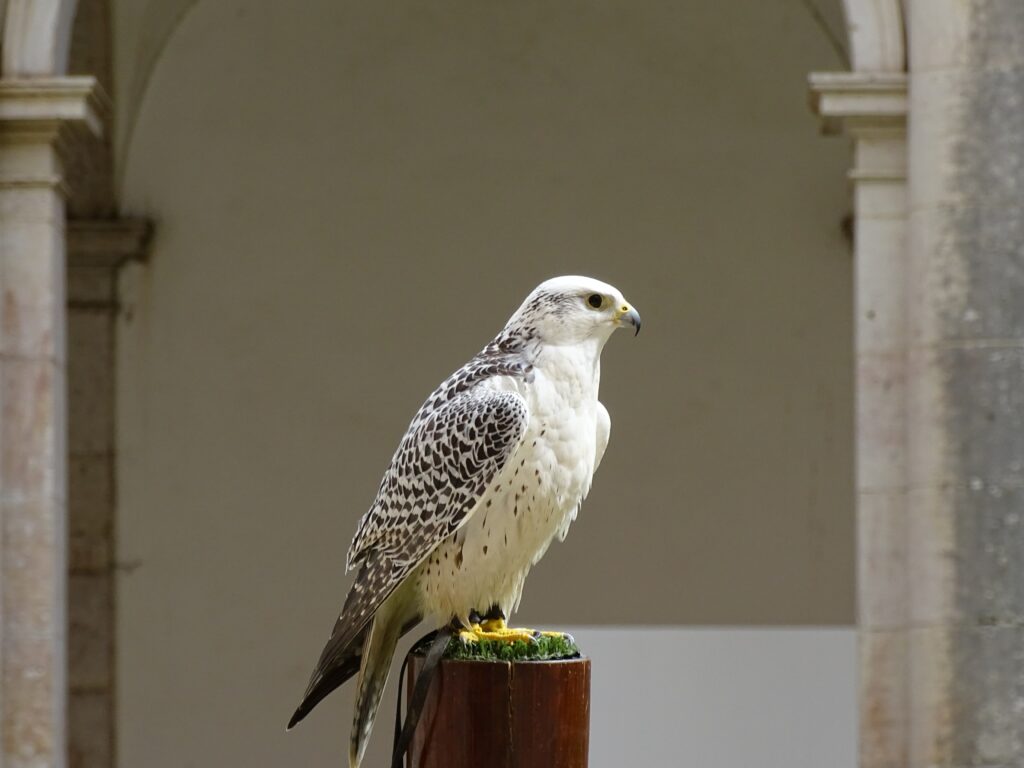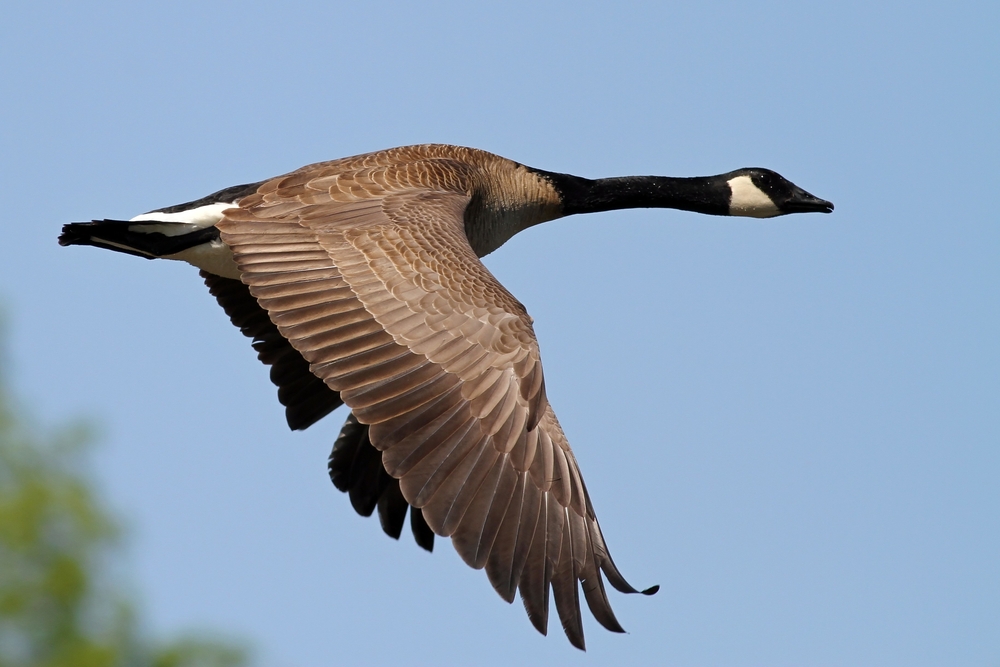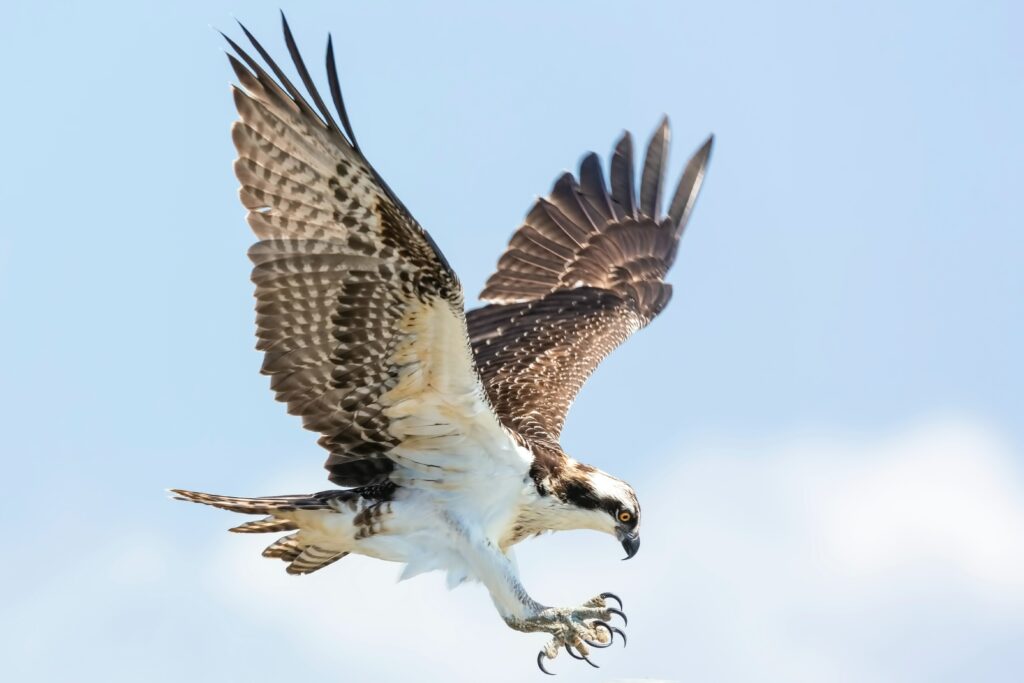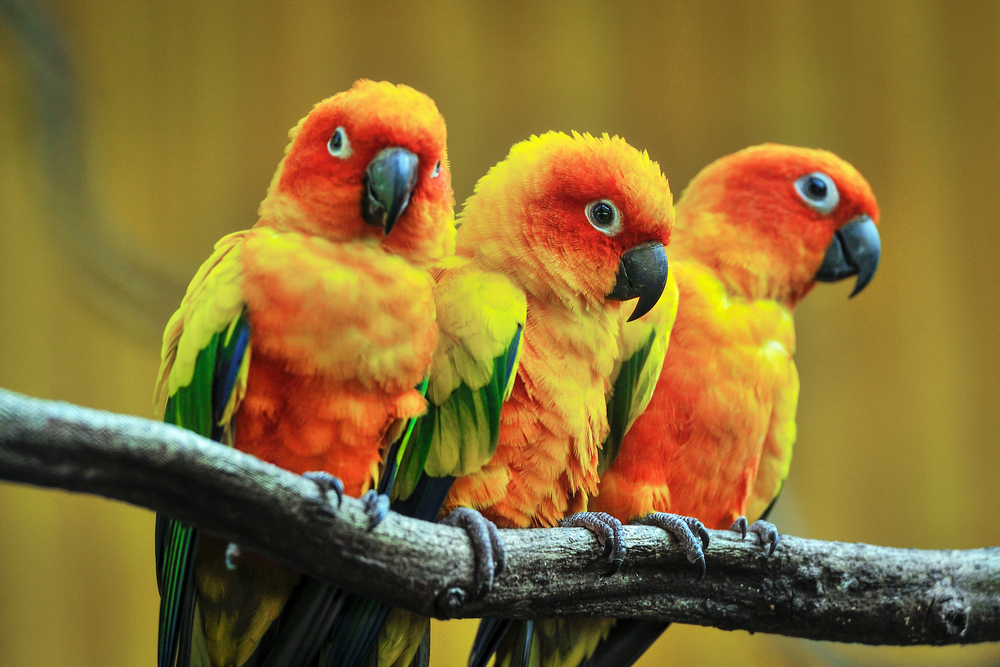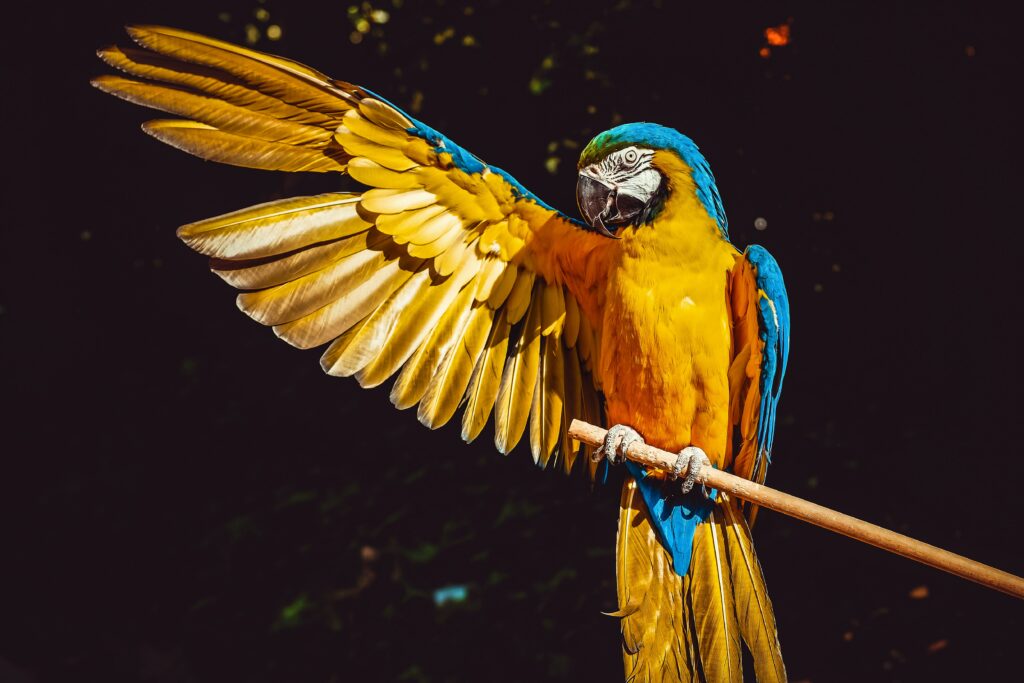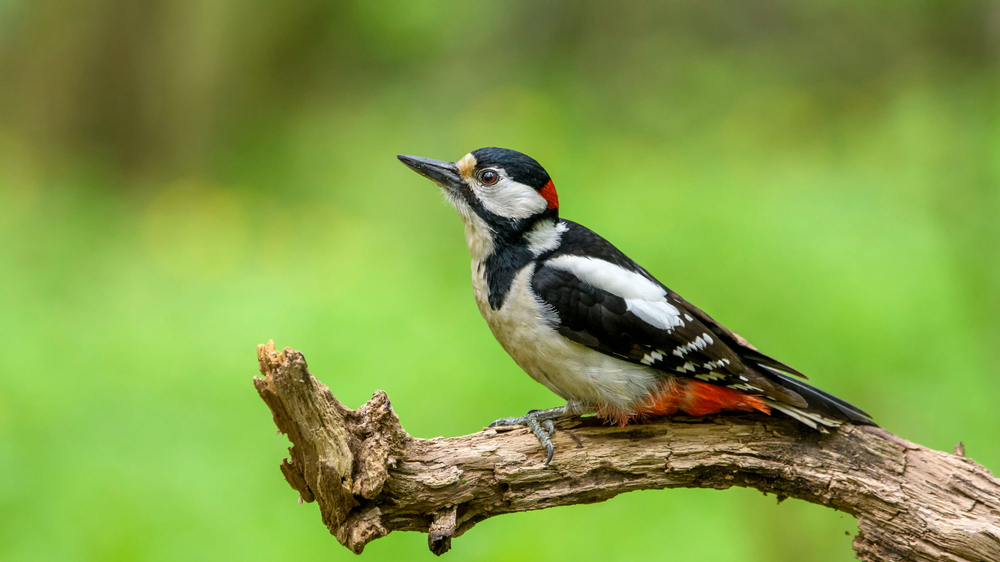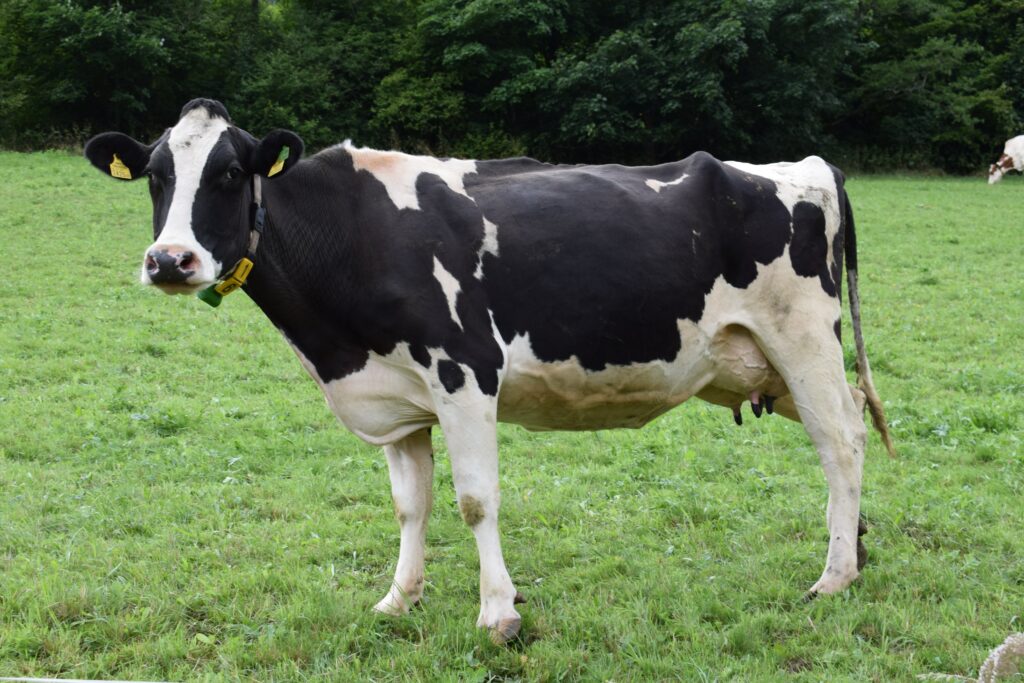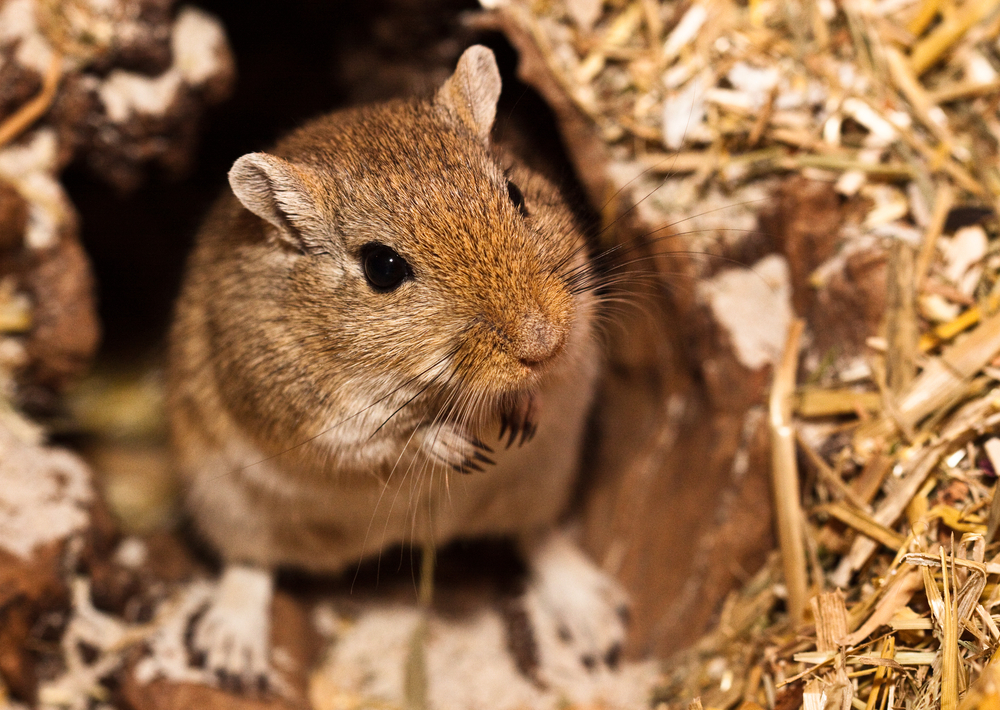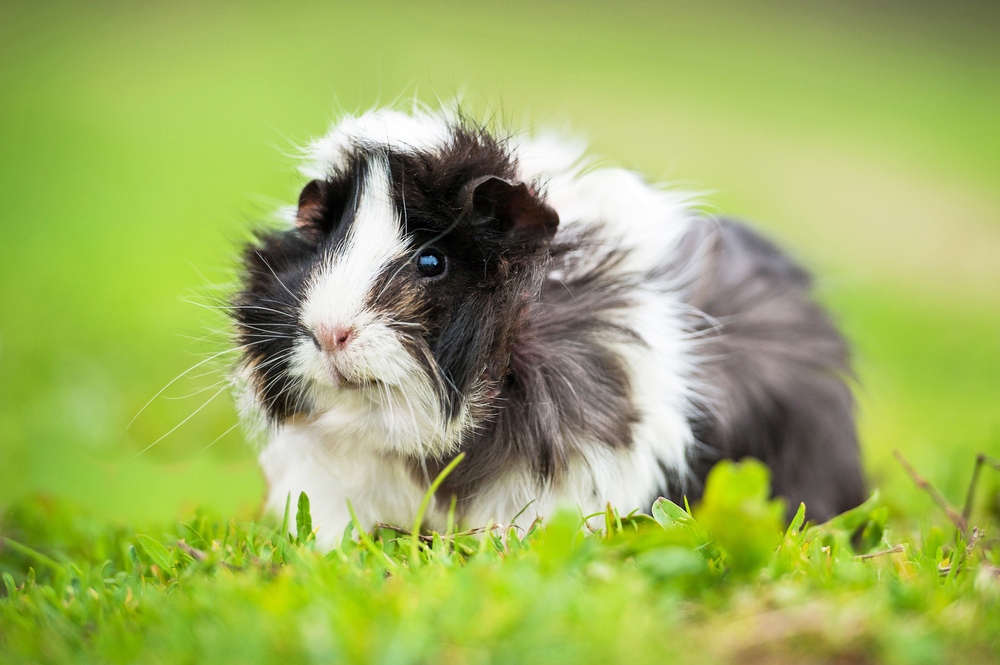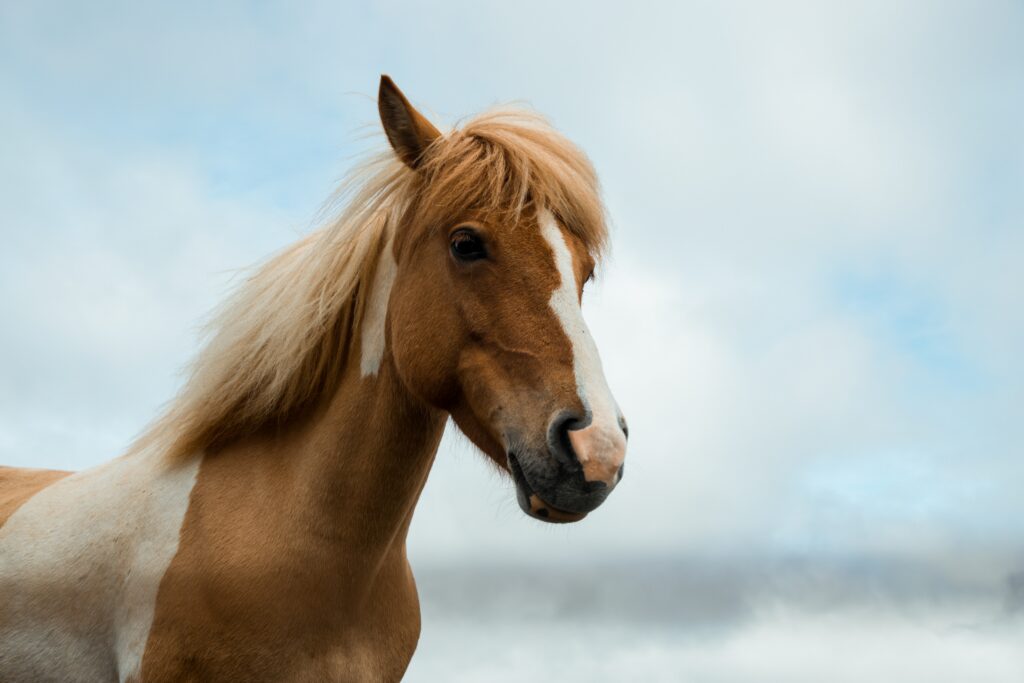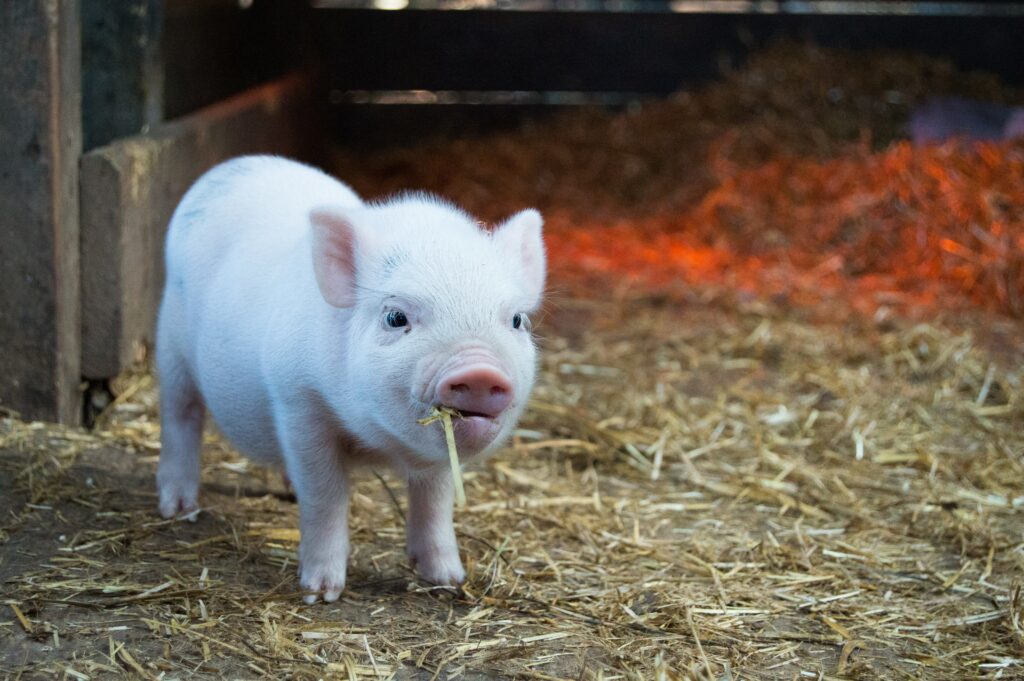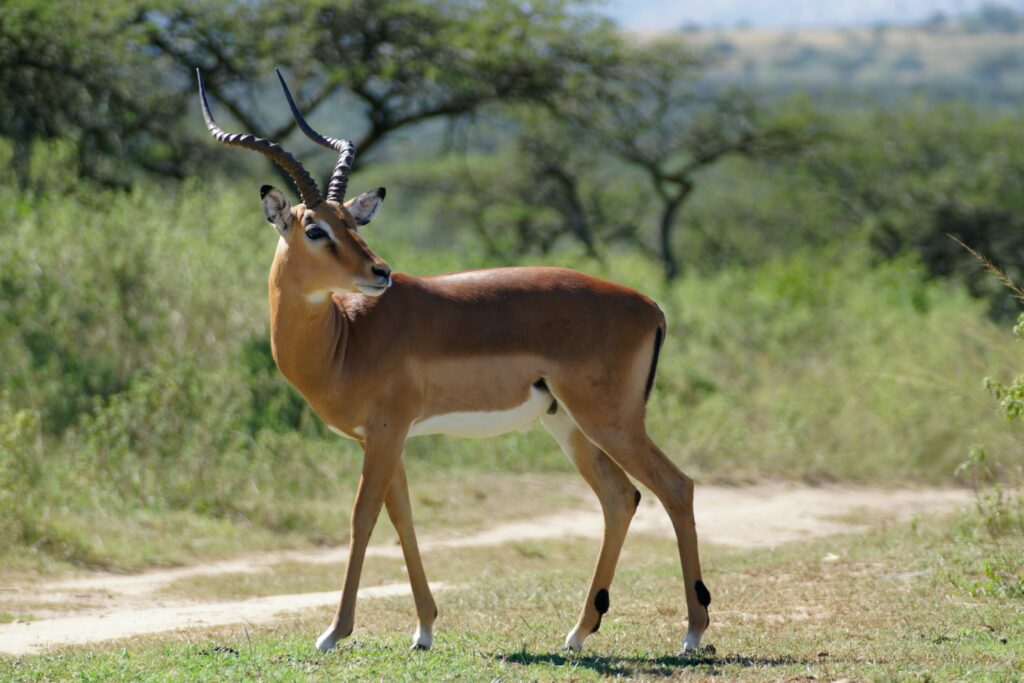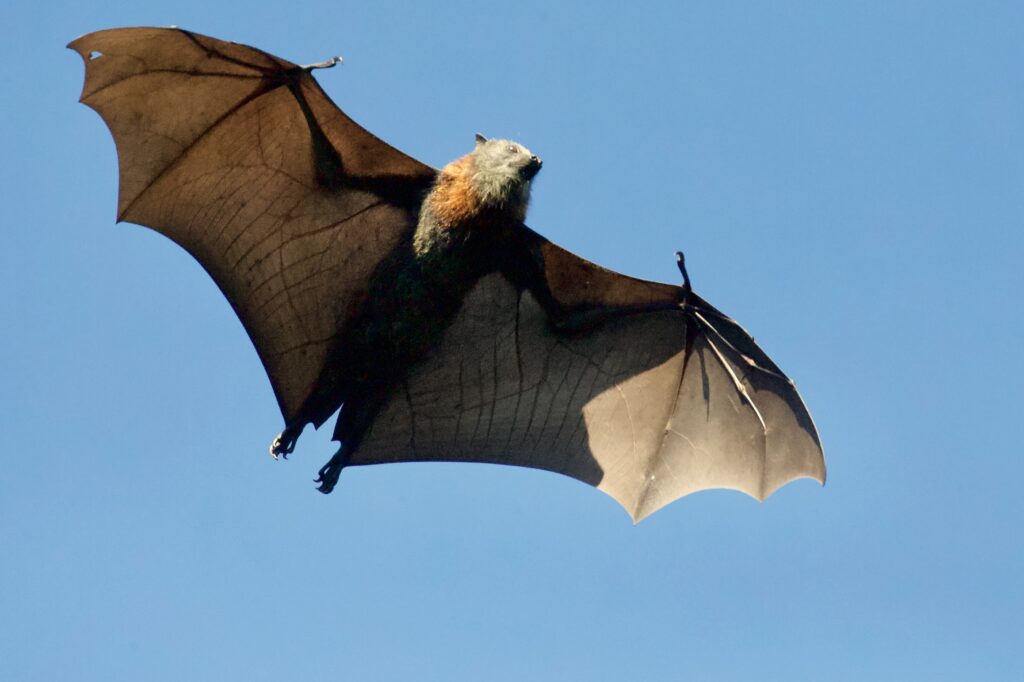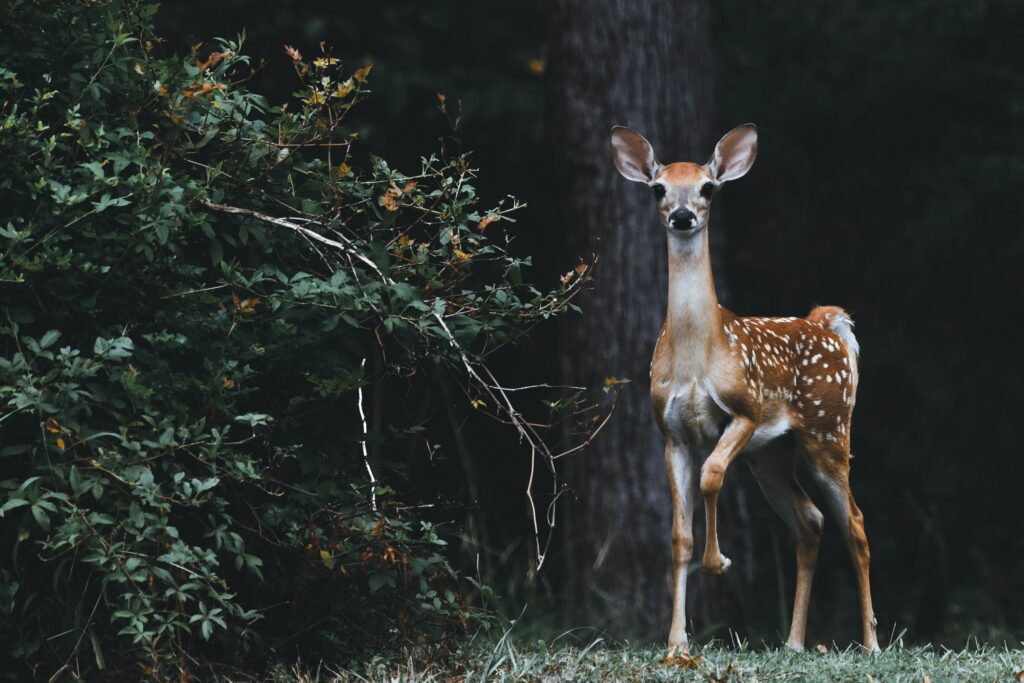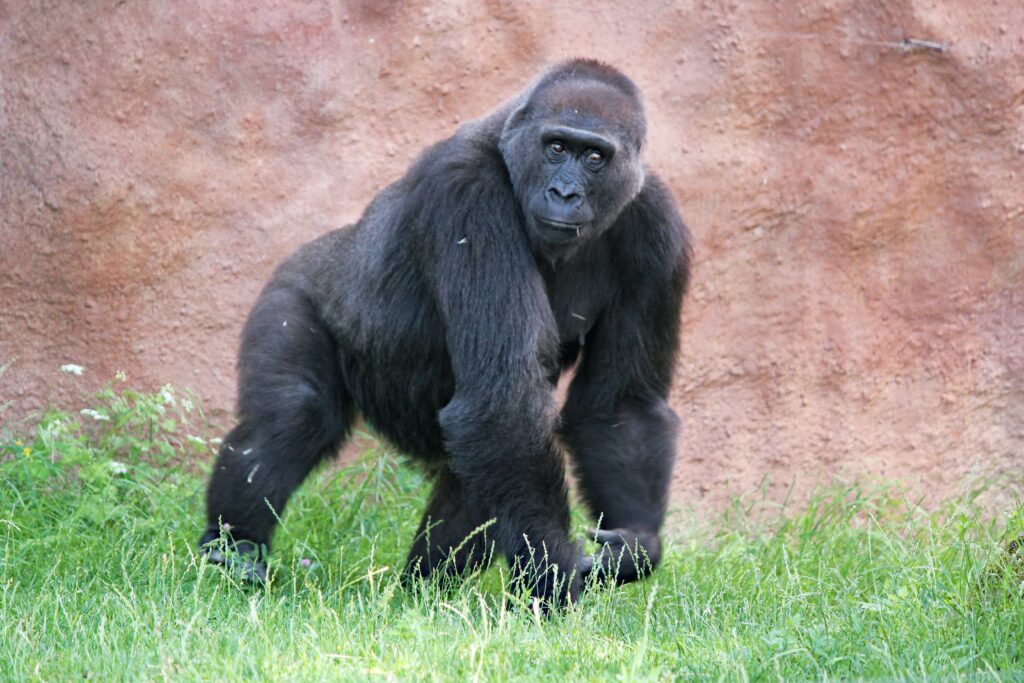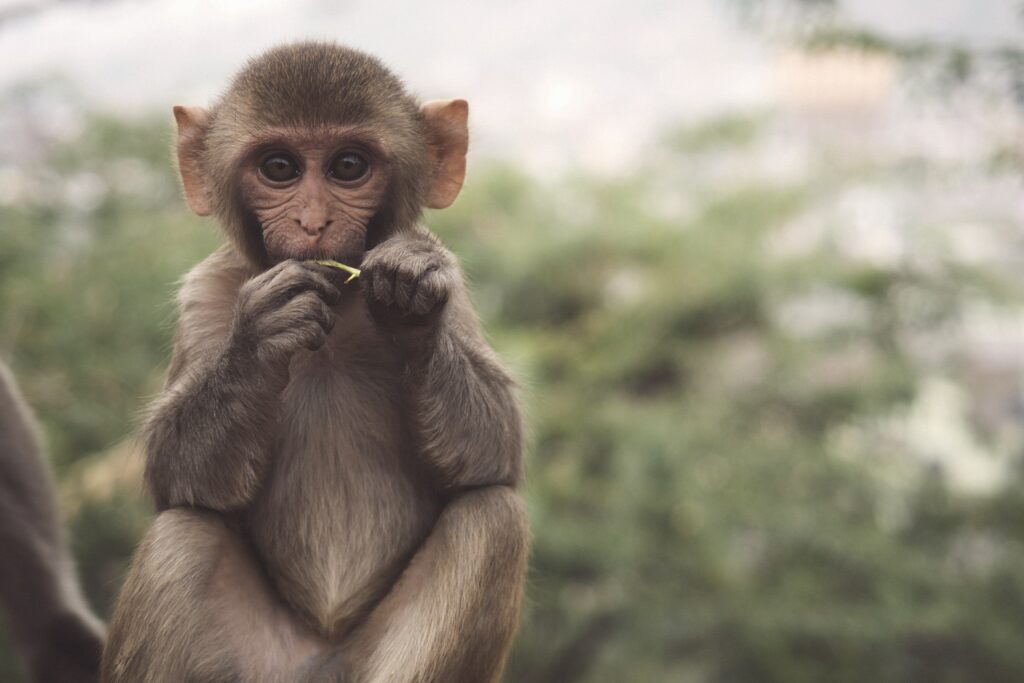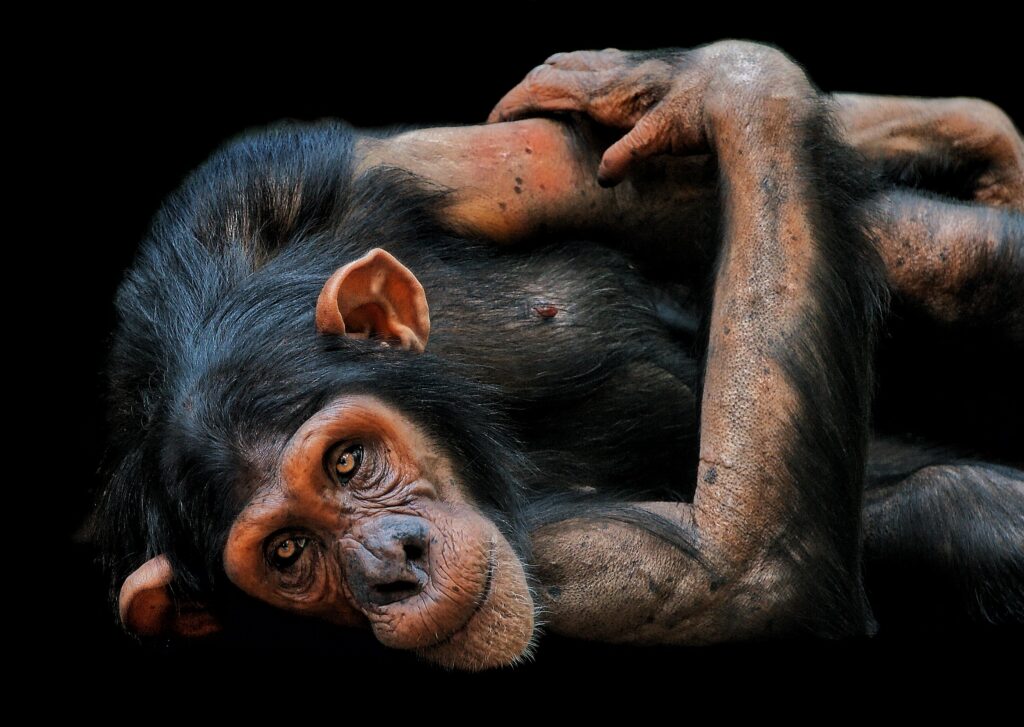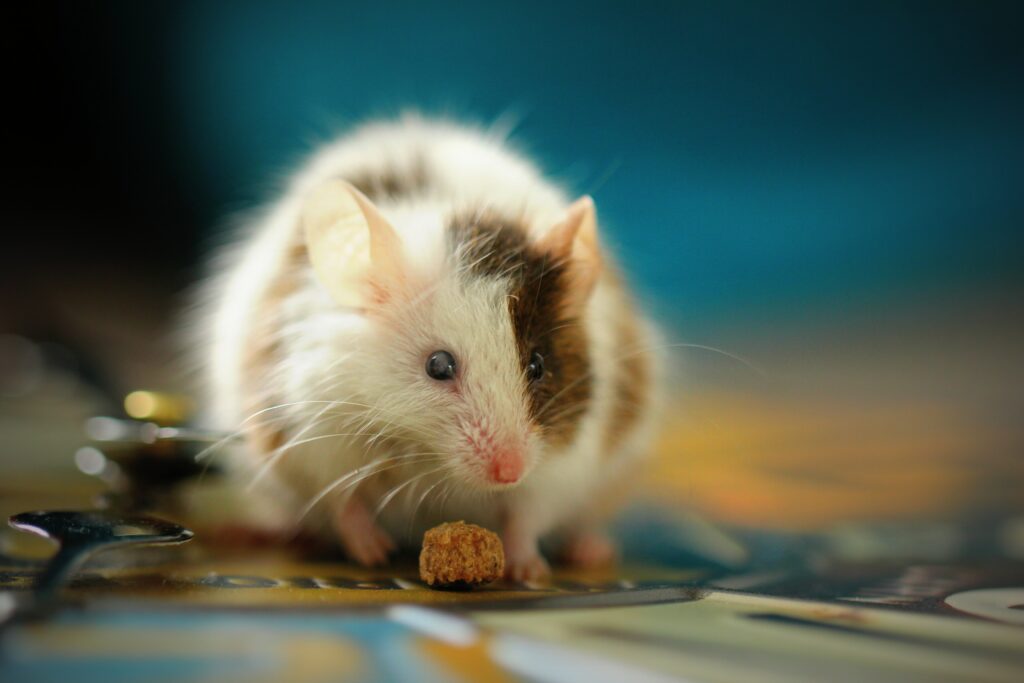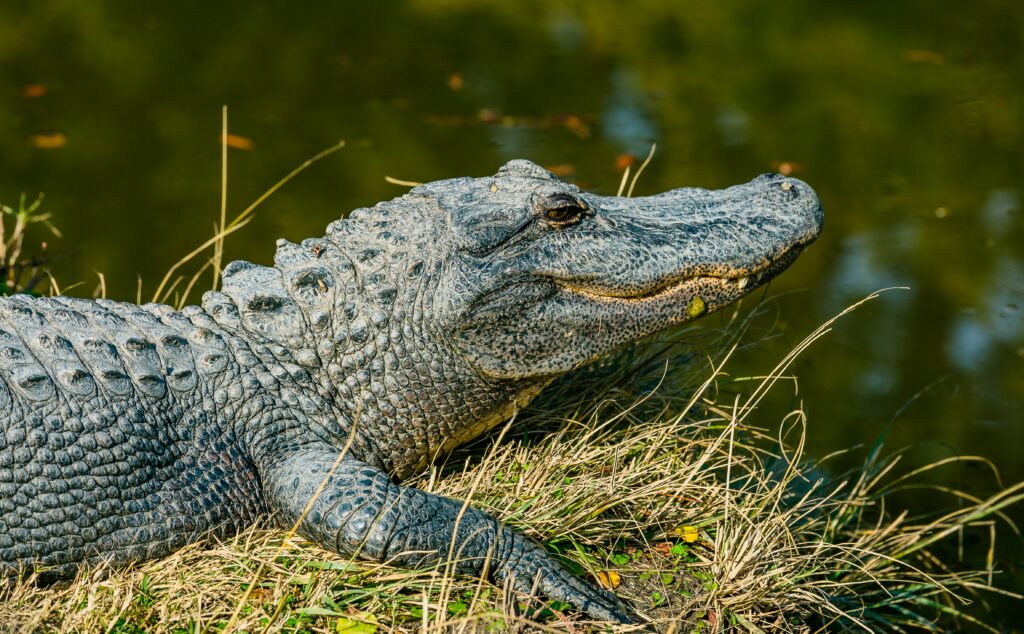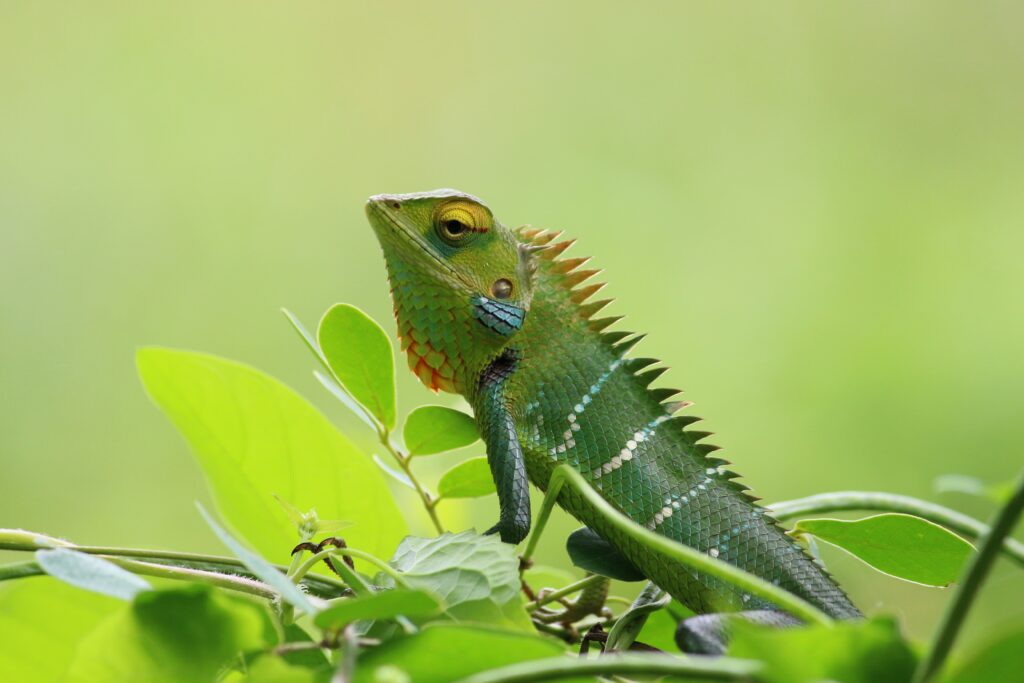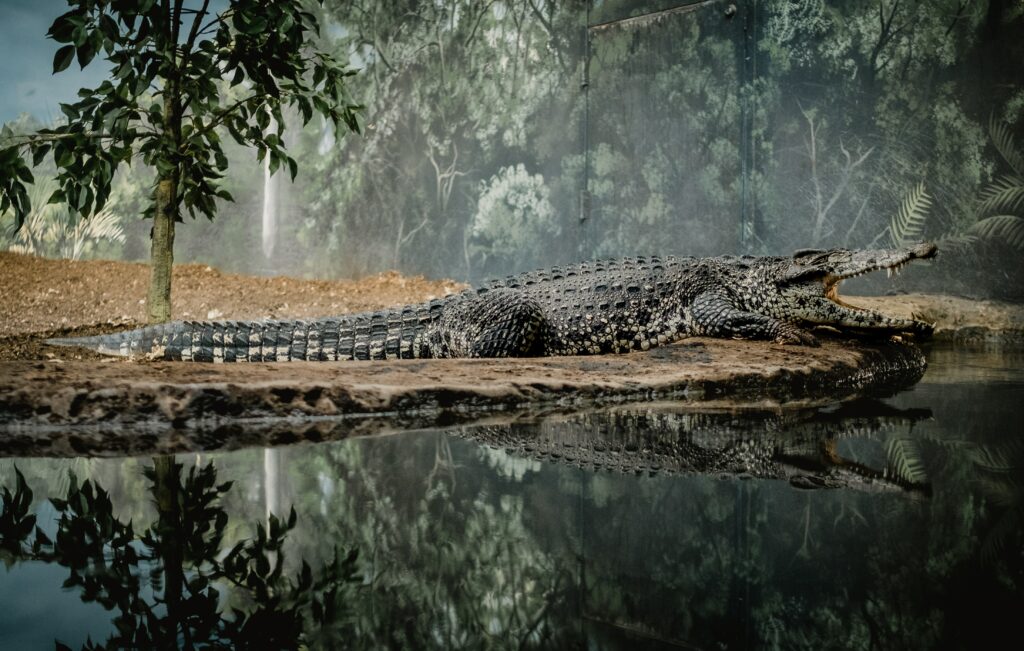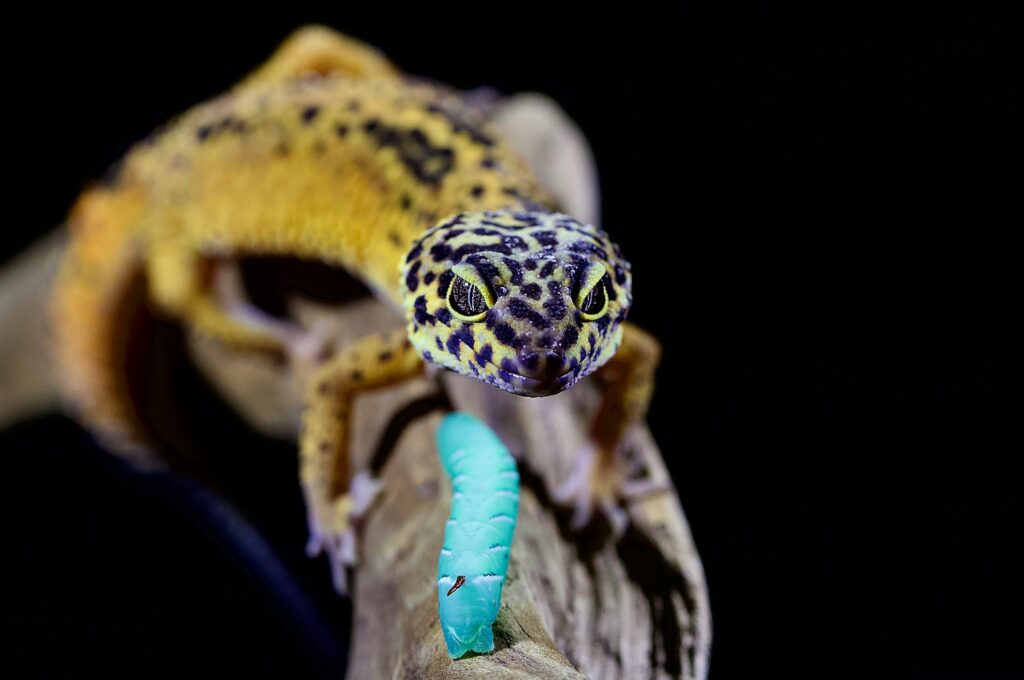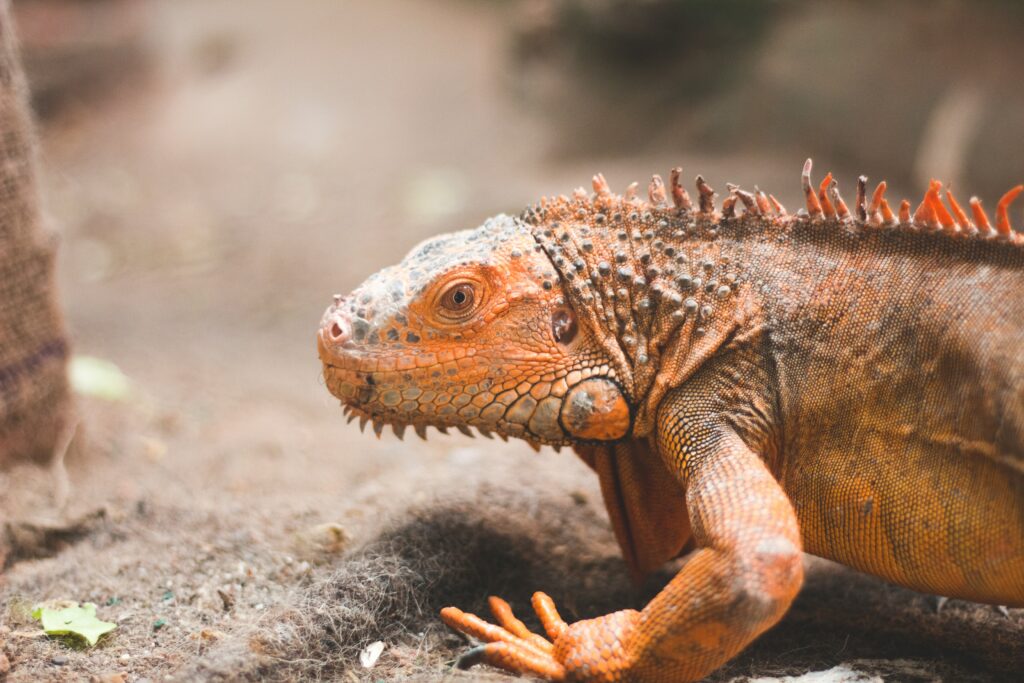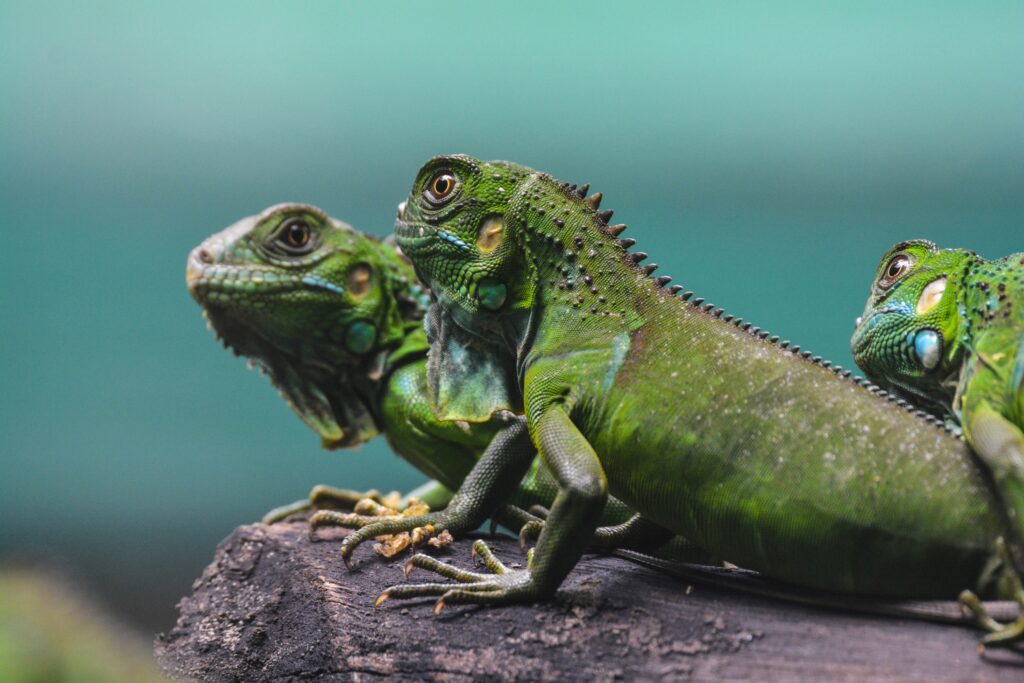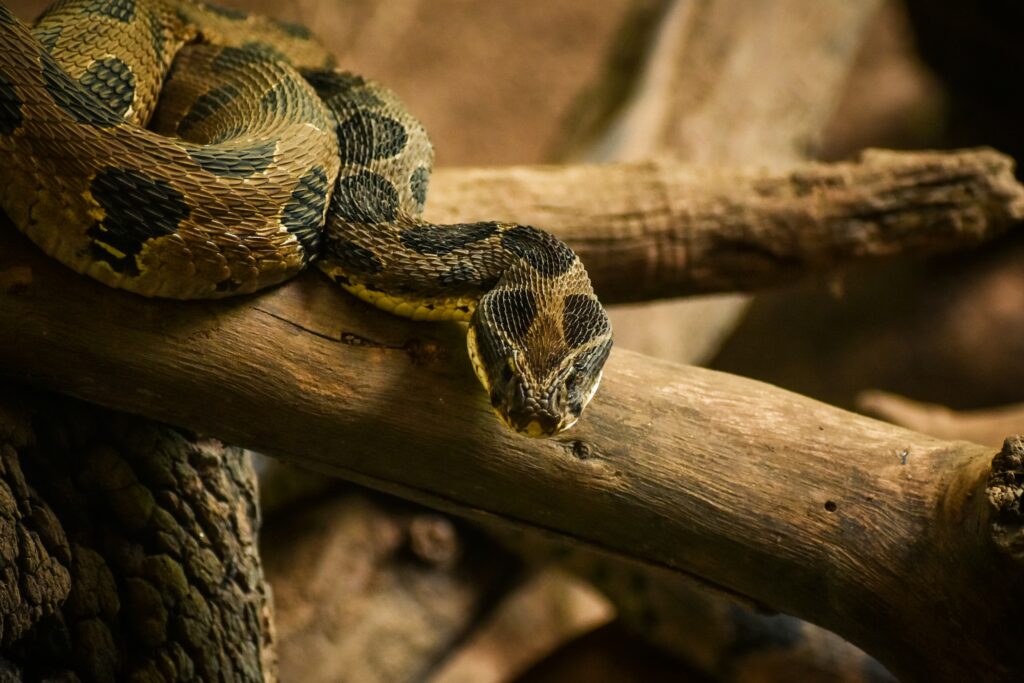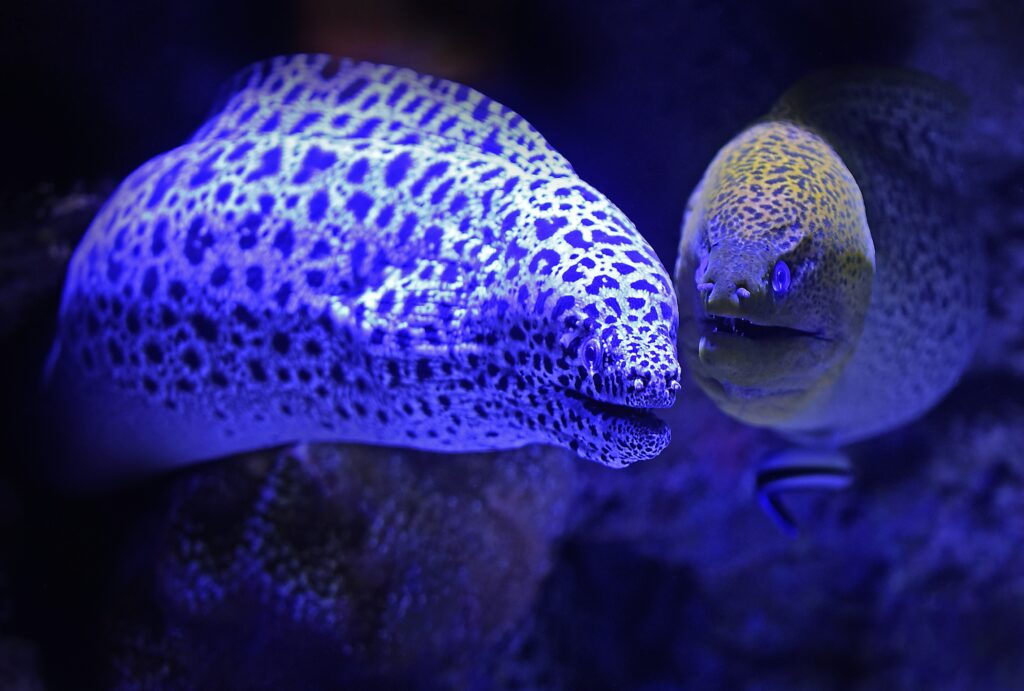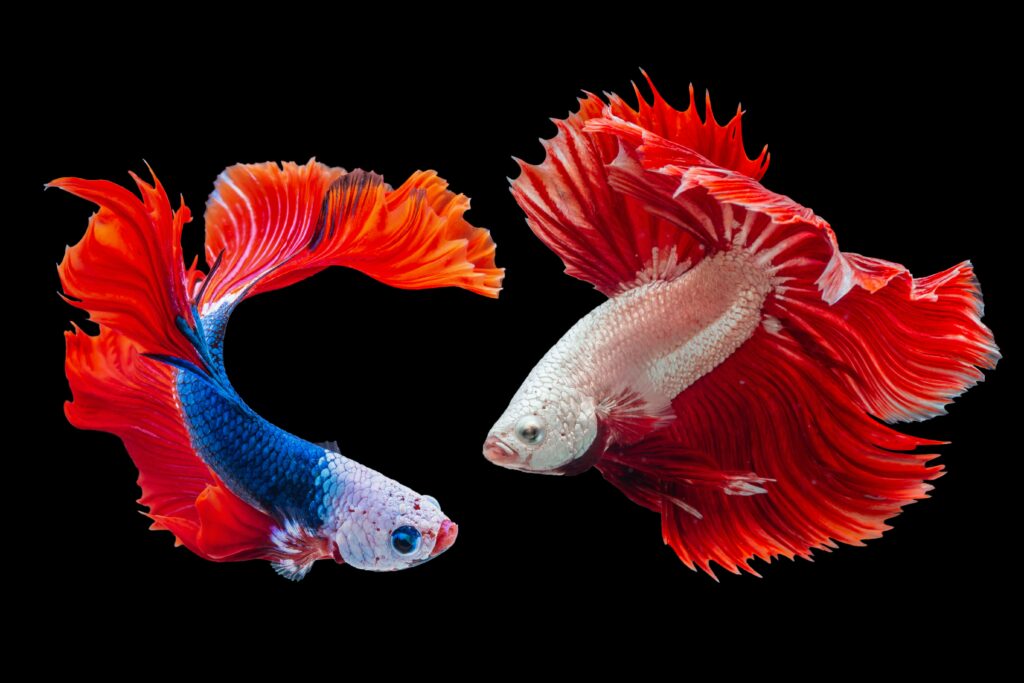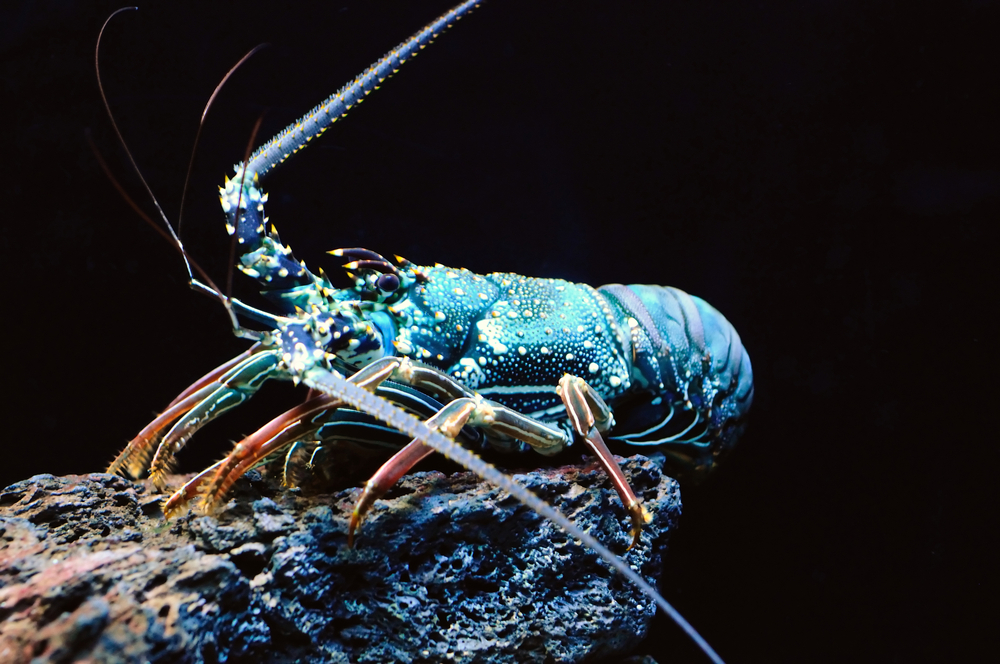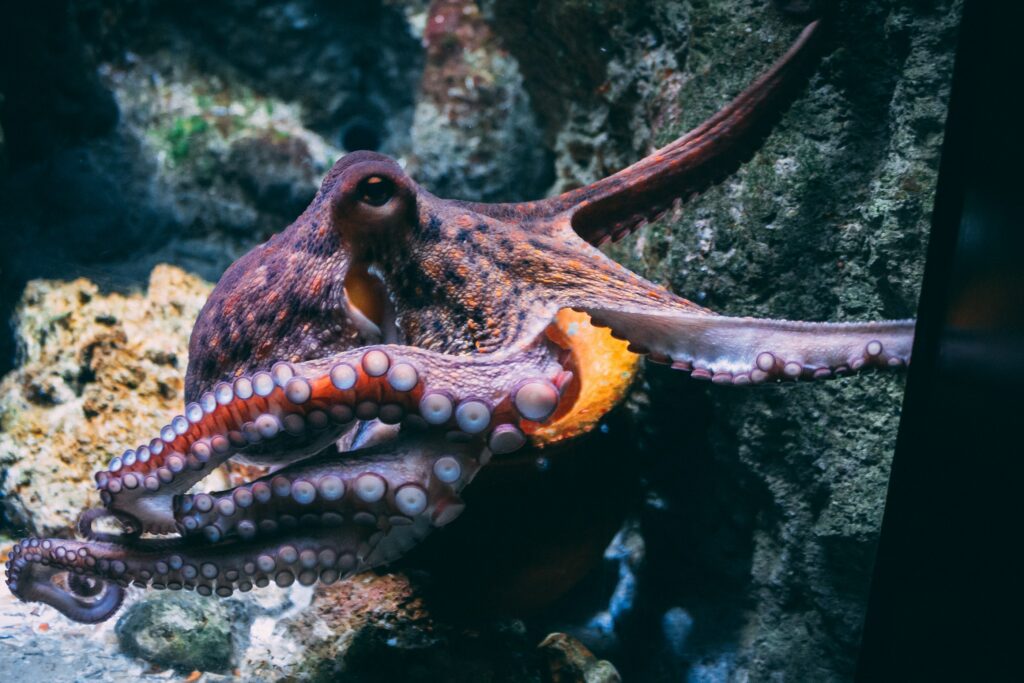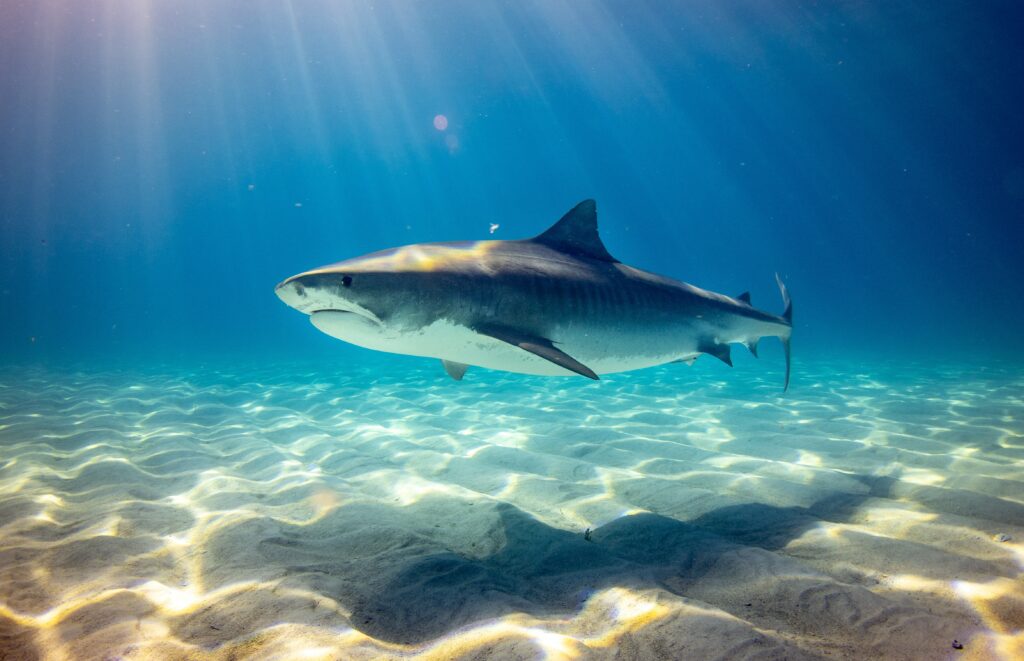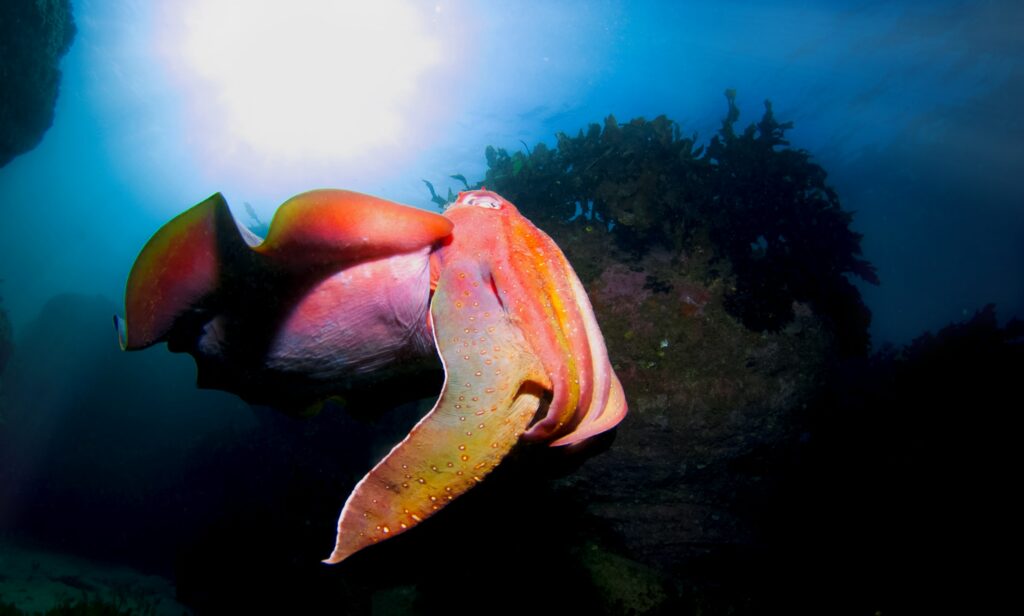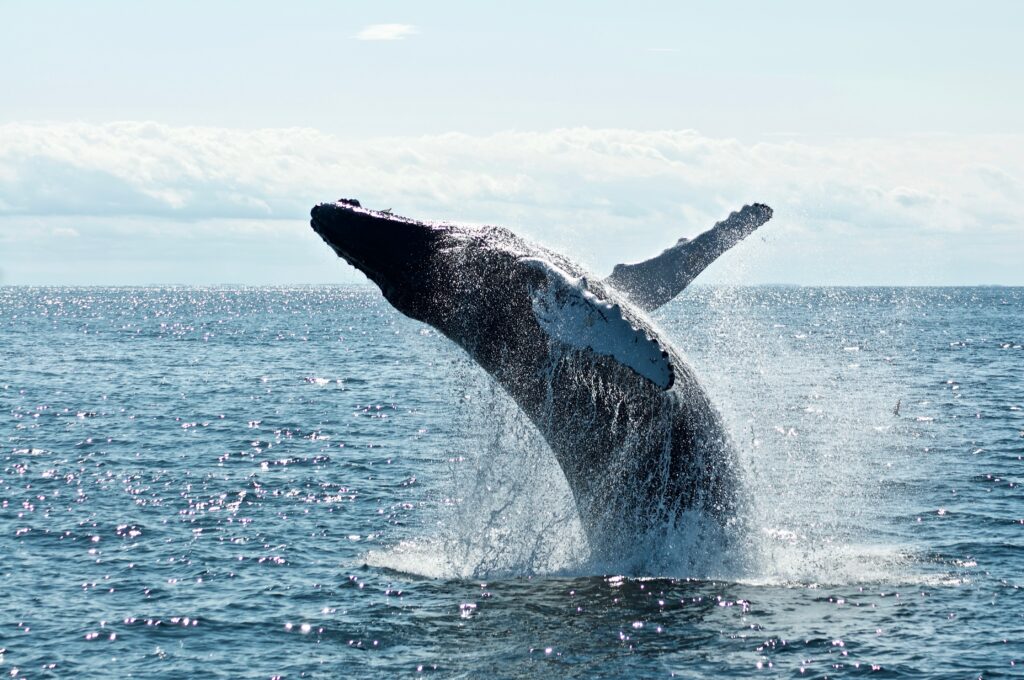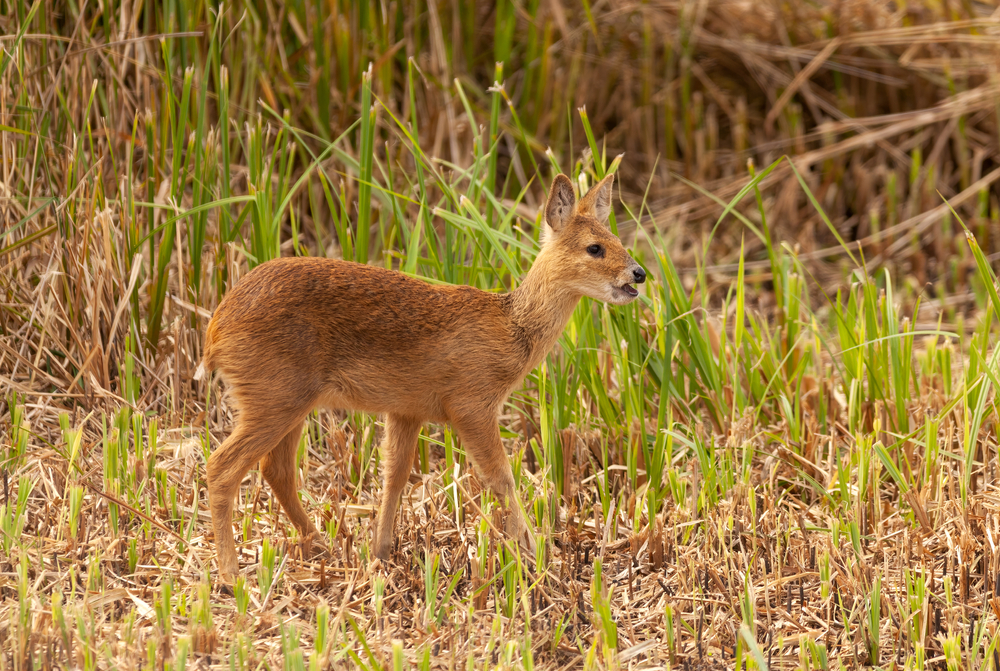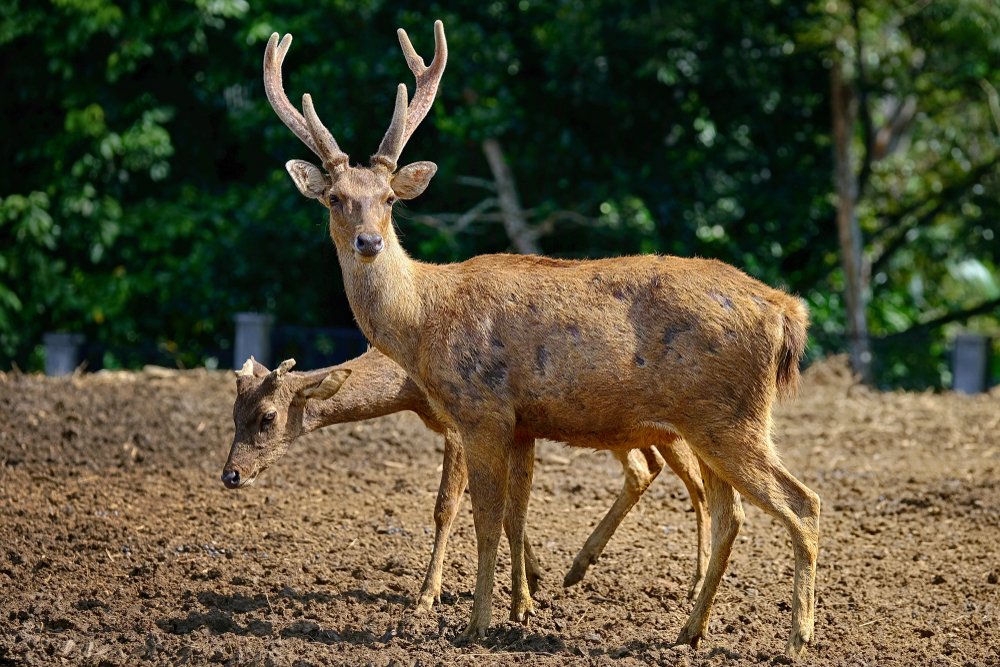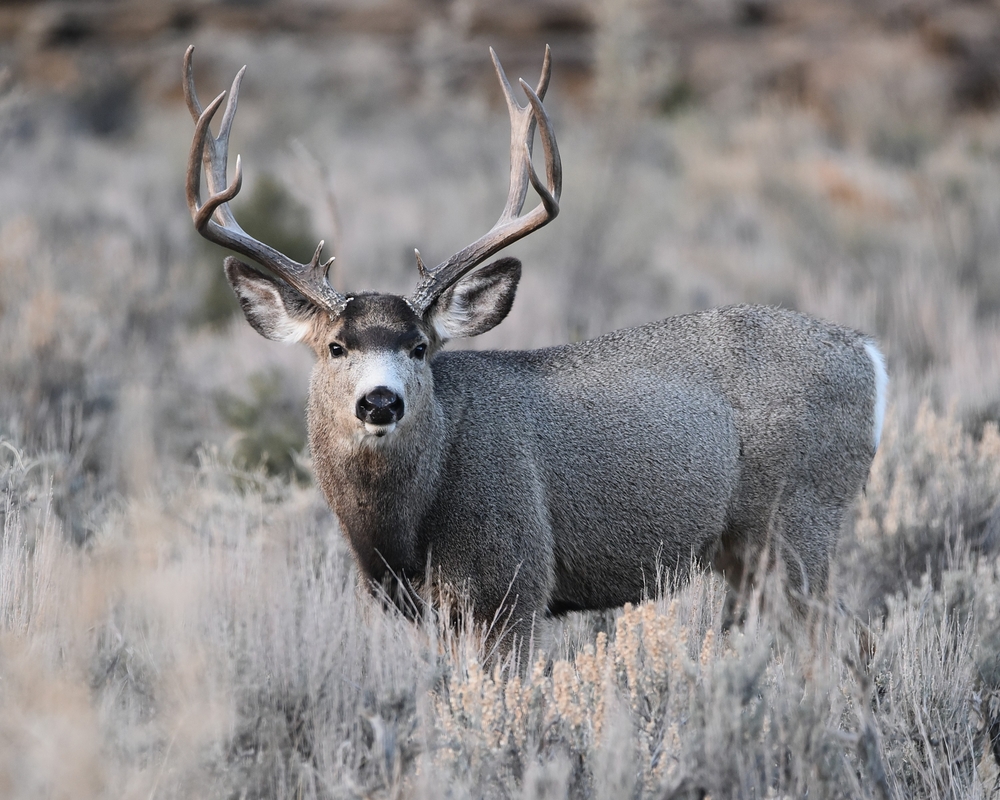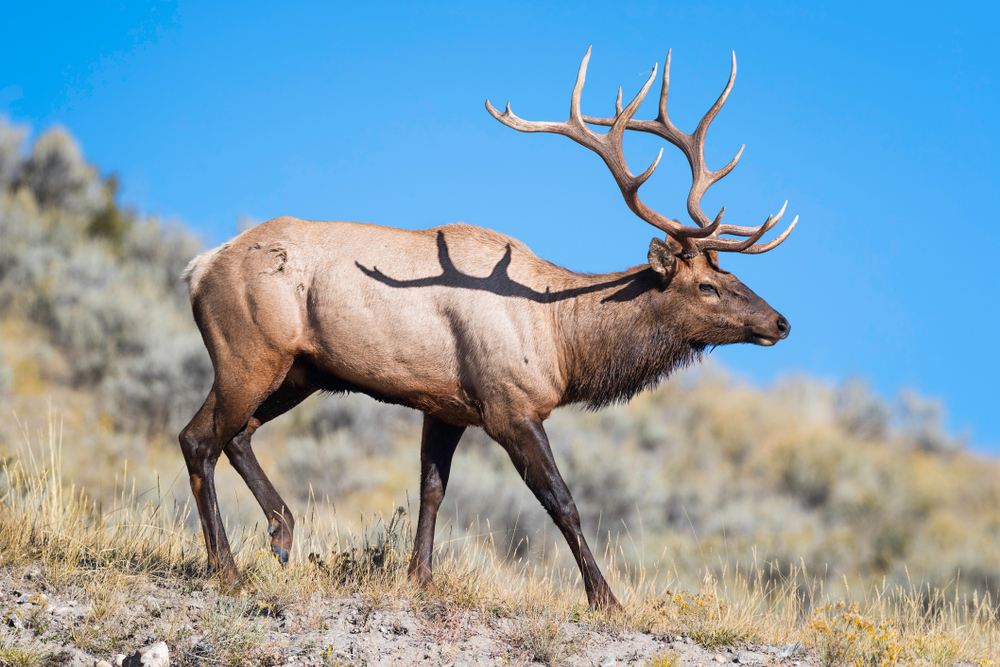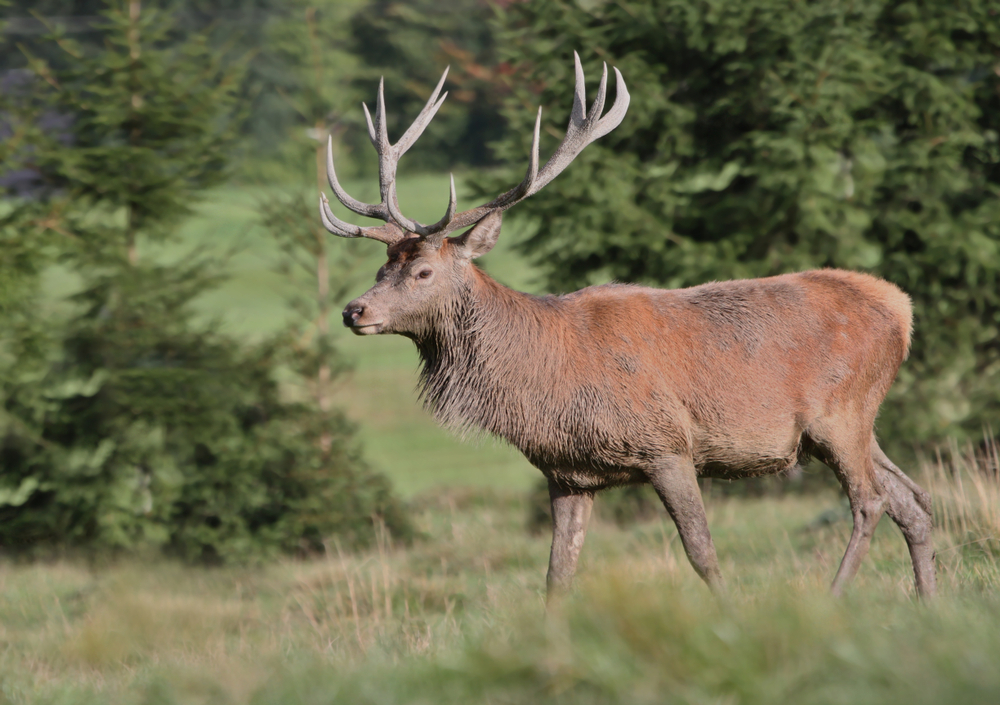Uniqueness
The Chinese Water Deer is one of the most unusual members of the deer family, combining primitive traits, wetland adaptations, and a distinctive appearance not seen in other cervids. Below is a structured overview in the style of the AK Uniqueness document:
No Antlers – Only Tusks:
Unlike nearly all other deer species, Chinese Water Deer do not grow antlers. Instead, males possess long, curved upper canine teeth (tusks) that extend downward outside the mouth. These tusks, up to 3 inches (8 cm) long, are used for combat and territorial display during the rut.
One of the Most Primitive Deer:
Genetically and anatomically, the Chinese Water Deer is considered one of the most primitive living cervids. It lacks many advanced features found in other deer, making it a valuable species for studying deer evolution.
Exceptionally High Reproductive Rate:
This species has the highest reproductive output of any deer, routinely giving birth to 4–6 fawns, with some litters reaching up to 8. This prolific breeding compensates for high juvenile mortality in wetland environments.
Arched Back and Rabbit-Like Movement:
Their body is compact with long hind legs and a hunched back, giving them a rabbit-like silhouette and bounding gait, especially when alarmed.
Wetland Specialist:
They are one of the few deer species that thrive in marshes, reed beds, and riverbanks, with adaptations for swimming and navigating thick vegetation. Their name reflects this niche: “Water Deer.”
Introduced but Thriving in the UK:
Although native to eastern China and Korea, feral populations in the UK (especially in Bedfordshire, Norfolk, and Cambridgeshire) are now among the most stable in the world. These deer have adapted successfully to agricultural and wetland landscapes.
Silent and Solitary:
Chinese Water Deer are quiet, solitary, and elusive. They emit soft barks when alarmed but rely more on stealth and concealment than on flight or vocalization to evade predators.
Conservation Contrast:
-
In native ranges: Populations are declining due to habitat loss and poaching.
-
In introduced areas: Populations are expanding, offering hope for the species’ long-term survival if managed responsibly.
The Chinese Water Deer’s lack of antlers, tusked face, primitive lineage, and extraordinary reproductive strategy make it one of the most distinctive and fascinating deer species in the world. Its ability to adapt across continents while retaining its rare traits underscores its ecological resilience and evolutionary significance.


